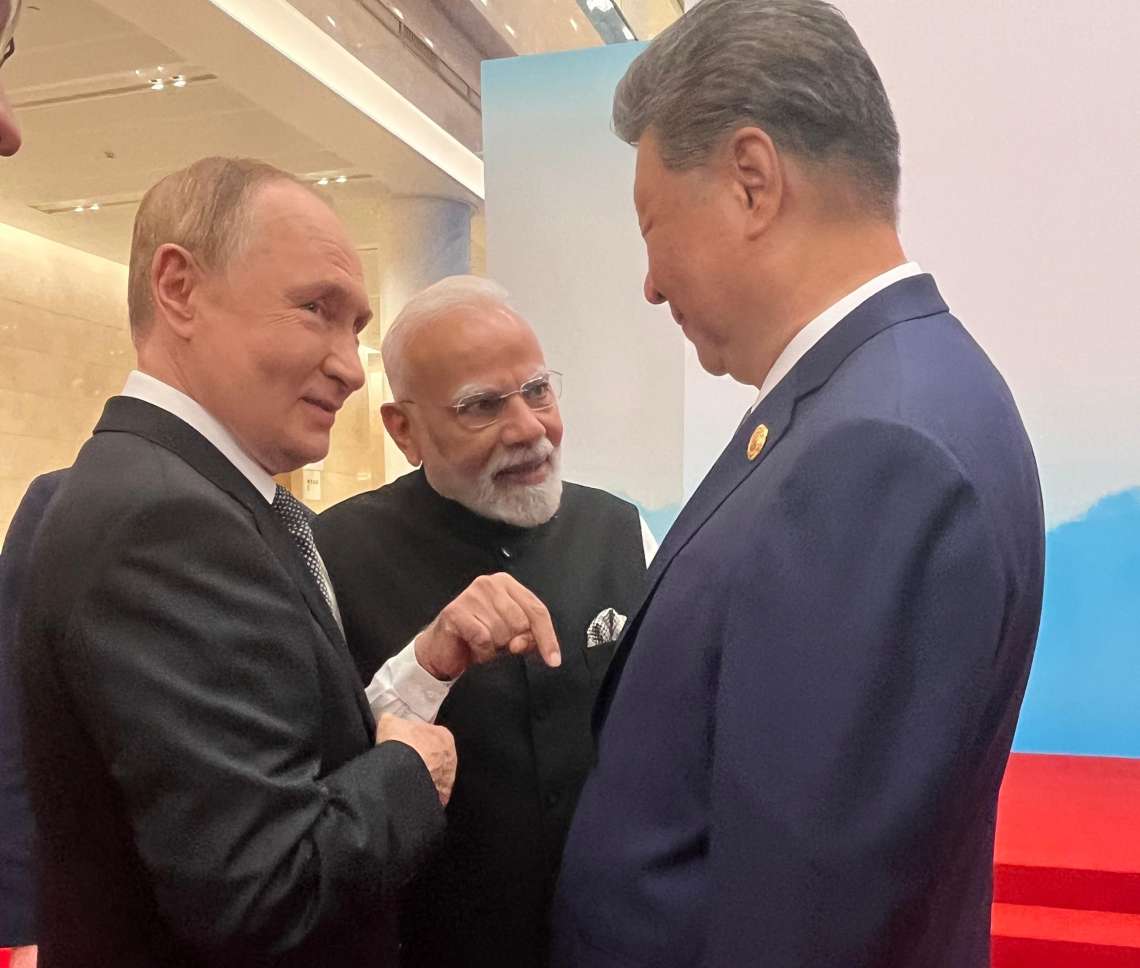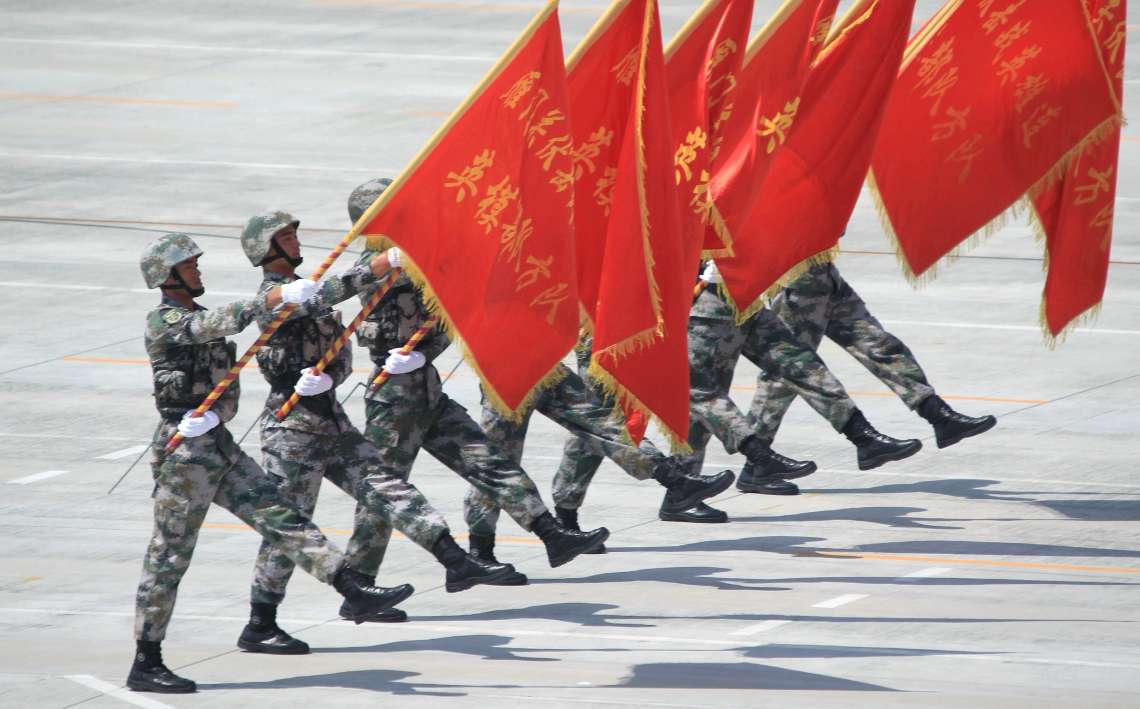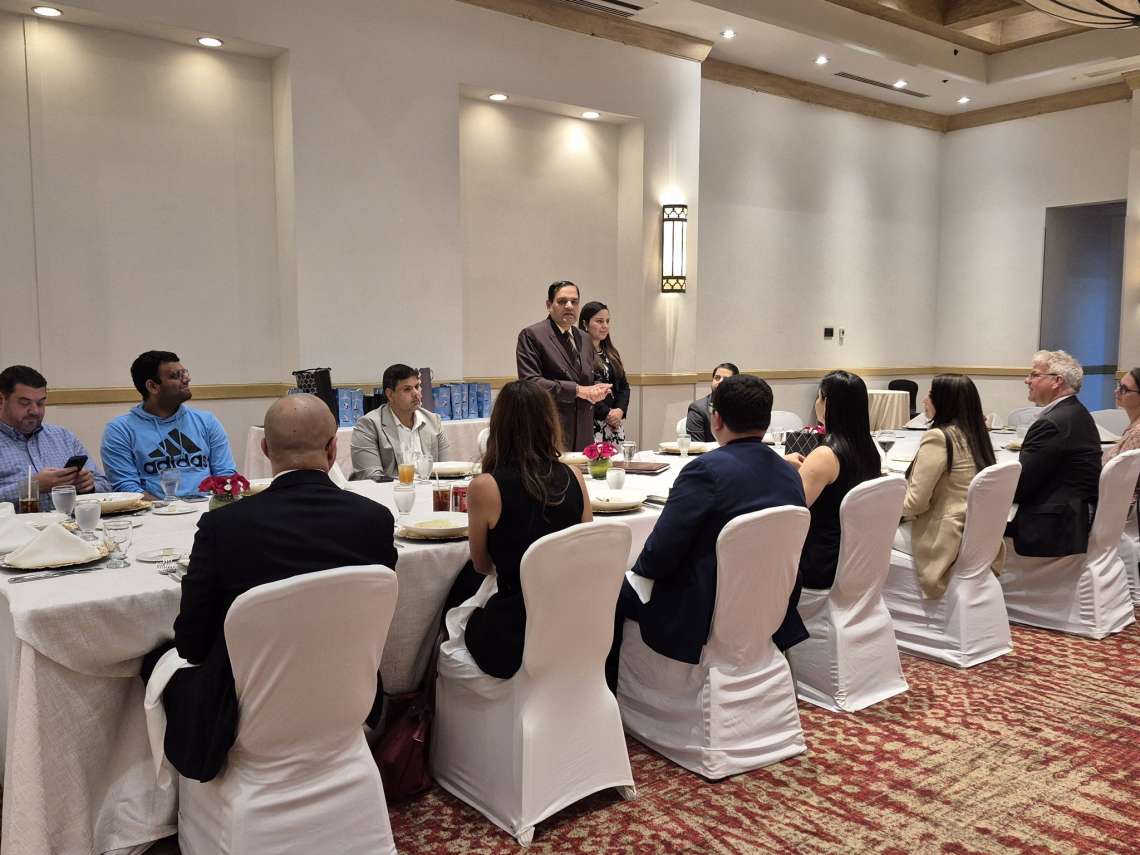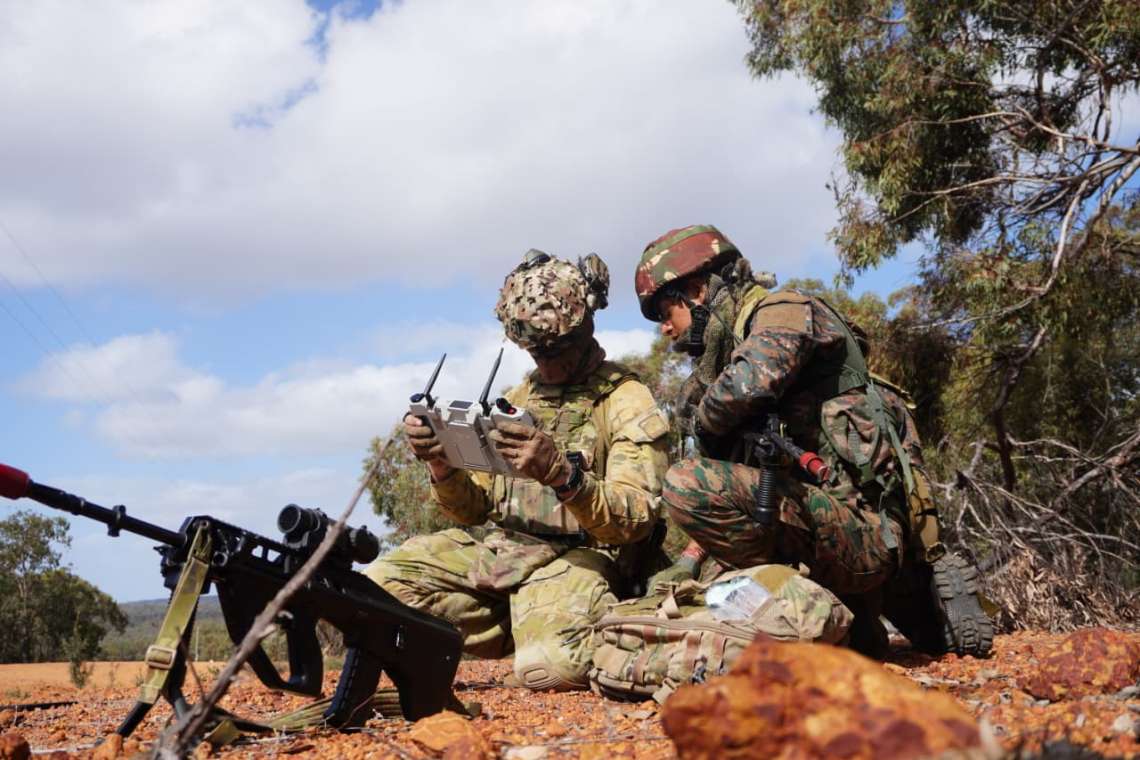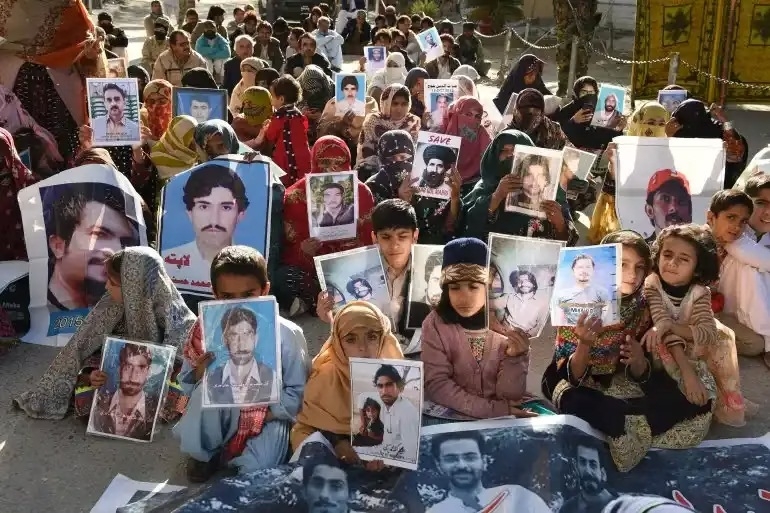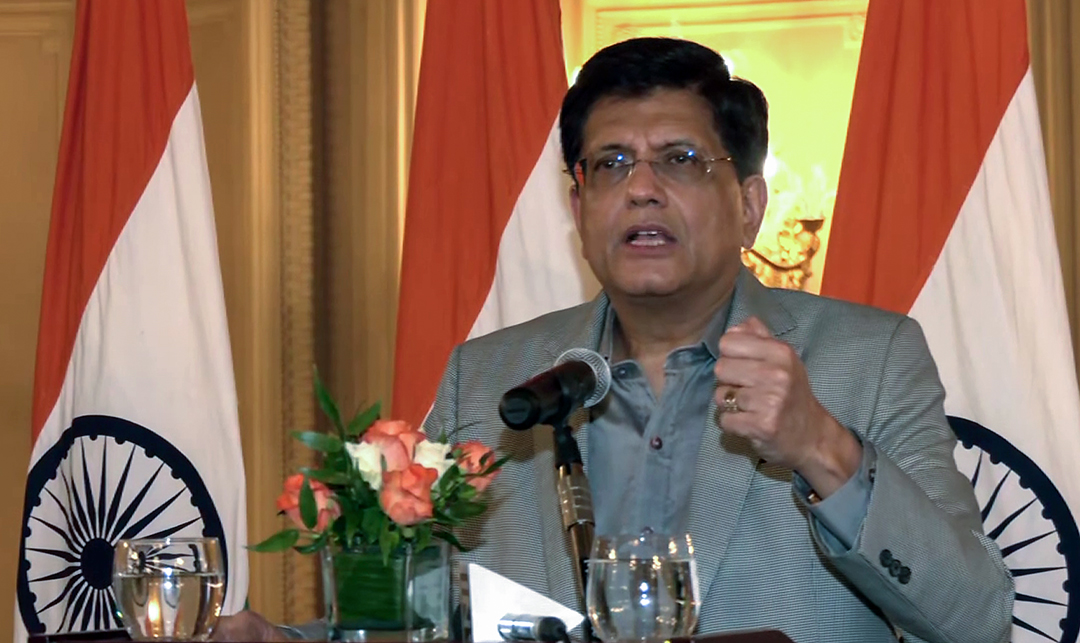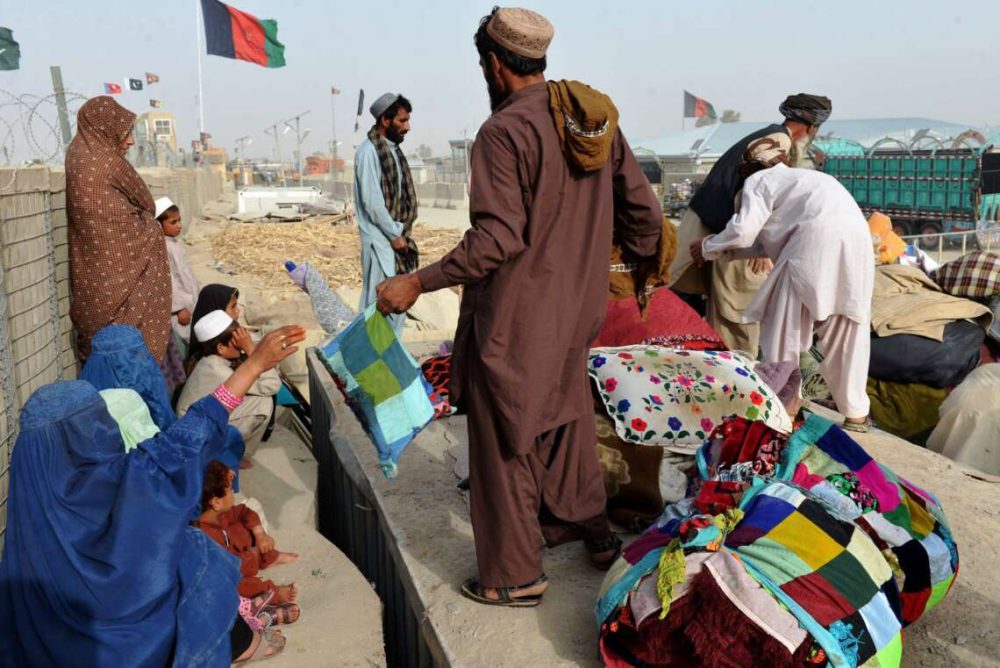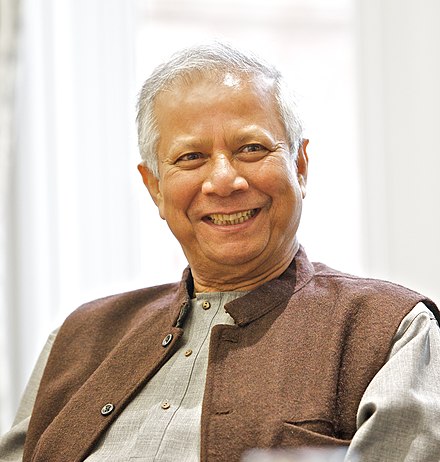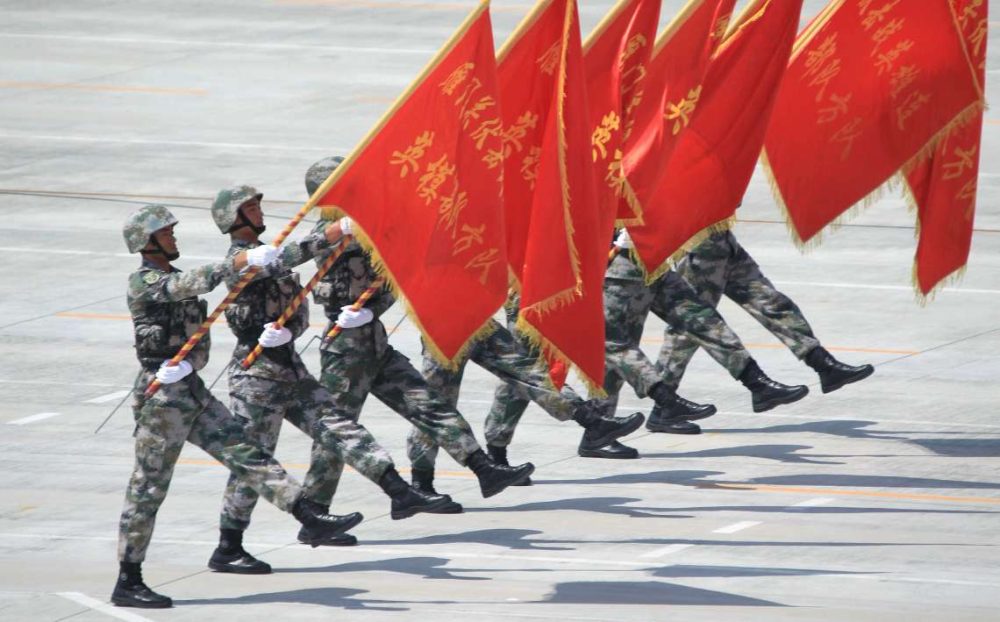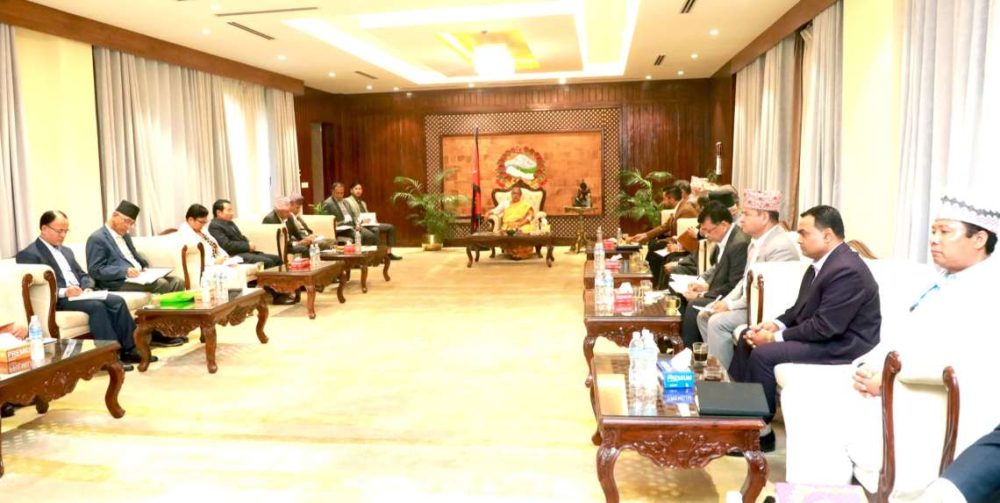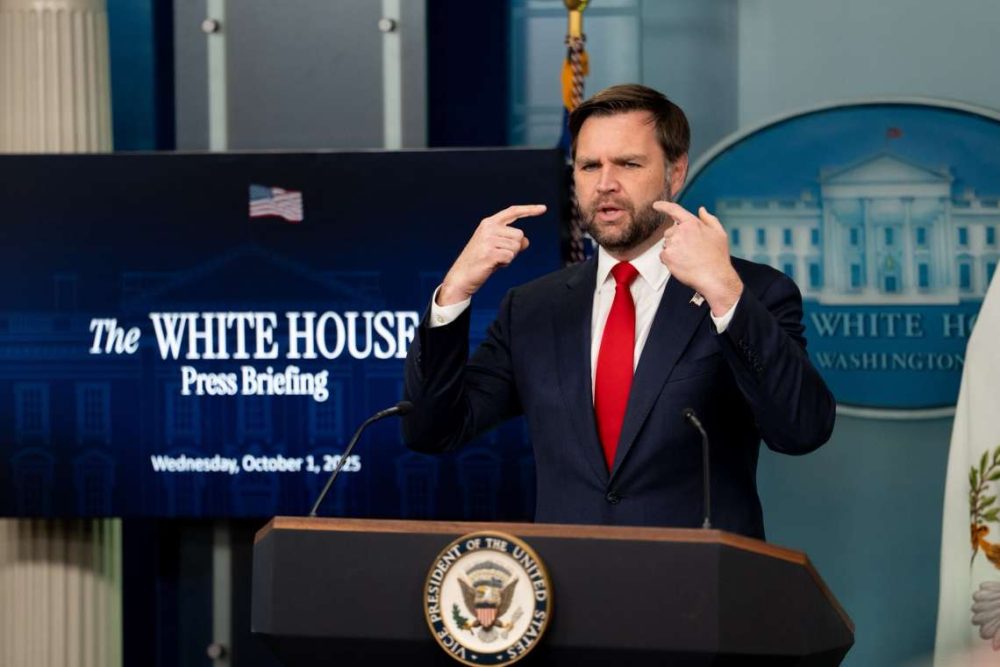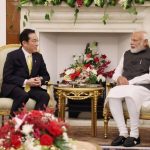Africa’s future hinges on rejecting mercenaries and debt traps while embracing true partners….reports Asian Lite News
Africa’s political landscape in 2025 shows starkly different strategies by major powers. India has focused on quiet, government-to-government cooperation—building hospitals, training naval crews, financing SMEs, and supplying affordable vaccines.
China and Russia, by contrast, rely on coercive tools such as opaque infrastructure loans and security contractors, leaving states burdened by debt, weakened rights, and deepened dependence. The effects stretch from eastern Congo’s mineral belt to the Sahel’s battlefields. In Mali, Human Rights Watch has documented fresh waves of extrajudicial killings and disappearances linked to the army and Russia-backed Wagner operatives—abuses UN experts warn could amount to war crimes.
Moscow’s footprint is not retreating but institutionalising. After Wagner’s collapse, the Kremlin pressed African partners to adopt its Defence Ministry-controlled “Africa Corps”—the same mercenary services under direct state command. In the Central African Republic, reports cite hefty fees for regime protection. Analysts see consolidation, not reform: private coercion turned into official Kremlin leverage, eroding sovereignty.
China’s model differs in form but brings similar vulnerabilities. In Kenya, crushing rail debt has forced Nairobi to renegotiate repayments in yuan—still locking it into Beijing’s orbit. The IMF warns Zambia remains at “high risk of debt distress” even after restructuring, a legacy of Chinese-backed infrastructure expansion. In the DRC, the Sicomines resources-for-infrastructure deal is under renewed scrutiny for governance and ESG risks. The pattern is clear: debt and commodity concessions as instruments of long-term influence.
India’s engagement stands apart—and is broadly welcomed. In August, West Africa’s EBID secured a $40 million credit line from India’s Exim Bank to fund infrastructure, energy, agriculture, and health projects—channelled through African institutions rather than tied to foreign contractors. Security ties follow the same principle: India trains and equips African navies instead of sending mercenaries. This year saw submarine cooperation with South Africa and a DefExpo in Tanzania showcasing Indian technology tailored to local needs.
Health cooperation is even more striking. In June, India and the African Union launched new initiatives in affordable medicines, digital health, and telemedicine. Uganda’s nationwide rollout of the R21 malaria vaccine relies on doses manufactured by India’s Serum Institute, moving Africa from pilot projects to population-scale protection. This is technology transfer and systems support, not extraction.
The contest over critical minerals will further test intentions. China dominates processing, Russia pushes concessions in fragile states, while India is pursuing transparent rare-earth partnerships with Zambia, Zimbabwe, Mozambique, Malawi, and Côte d’Ivoire—coupling deals with research, skills transfer, and industrial ambitions. African media note this as statecraft through contracts and classrooms, not coercion.
India’s trade volumes still lag China’s, and its projects can be slower. But character matters. It does not dispatch private armies or collateralise mineral wealth in opaque loans. It offers concessional credit, training missions, hospital ships, and life-saving vaccines. As G20 president in 2024, India championed Africa’s permanent UN membership. During COVID-19, it supplied vaccines and medical goods to dozens of African nations—gestures of solidarity, not tests of loyalty.
For Africa, the stakes are rising. Russia’s Africa Corps entrenches repression. China’s loans deliver infrastructure but with heavy repayment traps. India’s steadier approach may lack flash but strengthens sovereignty and resilience. The way forward is clear: African leaders must reject mercenaries and opaque lending while deepening ties with partners who respect African agency, empower local institutions, and invest in people. On all three counts, India is showing it can be the reliable friend Africa has long asked for—and deserves.


